Foundation Repair Timing Guide
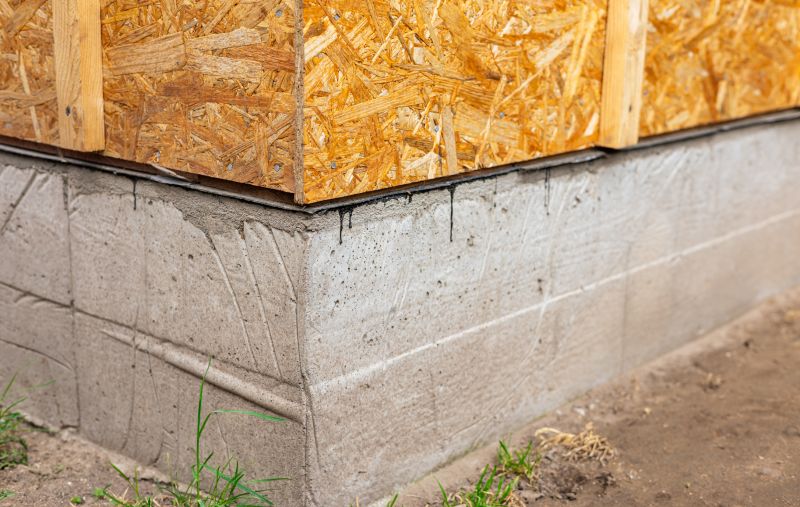
Spring offers moderate weather conditions ideal for foundation work, reducing the risk of delays caused by extreme temperatures.

Summer provides longer daylight hours and stable weather, facilitating efficient repair processes.

Fall's cooler temperatures can be suitable, but increased precipitation may impact scheduling.

Winter is generally less ideal due to cold temperatures and potential for frozen ground, which can hinder repairs.

Spring and summer are typically the most suitable times for foundation repairs due to favorable weather conditions.

Dry, mild weather reduces complications and allows for better inspection and repair quality.

Ways to make Foundation Repairs work in tight or awkward layouts.
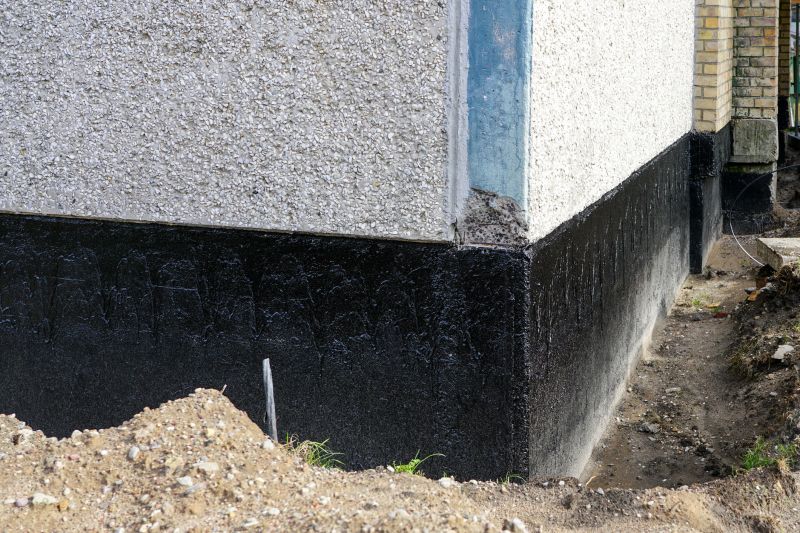
Popular materials for Foundation Repairs and why they hold up over time.

Simple add-ons that improve Foundation Repairs without blowing the budget.
Foundation repairs are essential for maintaining the structural integrity of a building. Addressing foundation issues promptly can prevent further damage and costly repairs. The most effective time to undertake these repairs depends largely on weather conditions, with spring and summer generally providing the most favorable environment. Proper timing ensures that repairs are completed efficiently and with minimal delays.
Statistics indicate that foundation problems affect approximately 20% of homes in regions with variable weather patterns. Early intervention can reduce repair costs by up to 50%, emphasizing the importance of timely action. Seasonal considerations, such as soil moisture levels and ground temperature, play a vital role in the success of foundation repairs.
Cracks in walls, uneven floors, and sticking doors may indicate foundation issues requiring repair.
Common repairs include piering, underpinning, and slabjacking, tailored to specific foundation problems.
Ensuring proper weather conditions and scheduling during optimal seasons can improve repair outcomes.
Addressing foundation issues early can prevent structural damage and preserve property value.
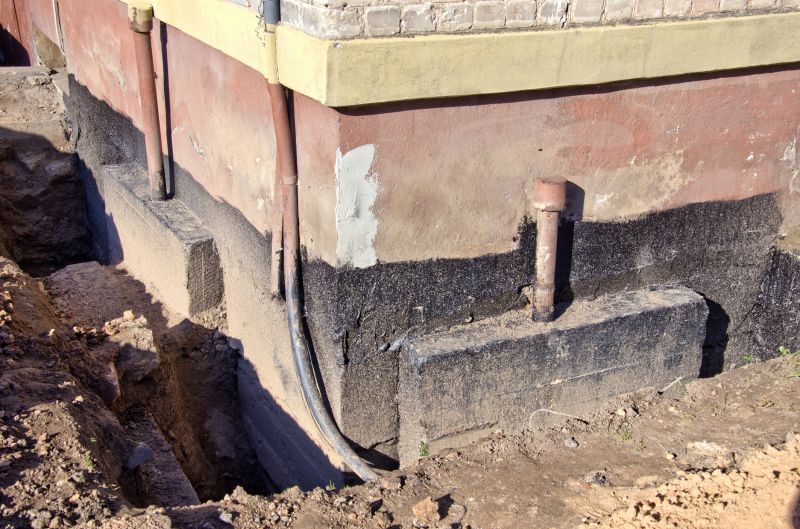
A typical process involves assessment, planning, and execution during suitable weather conditions.

Modern machinery allows for precise and efficient foundation stabilization.
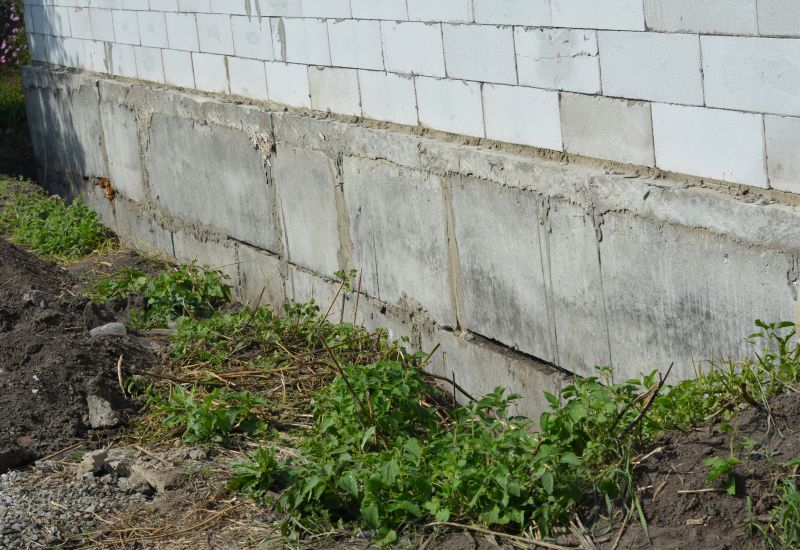
Visual evidence of successful repairs highlights the importance of timing and quality work.
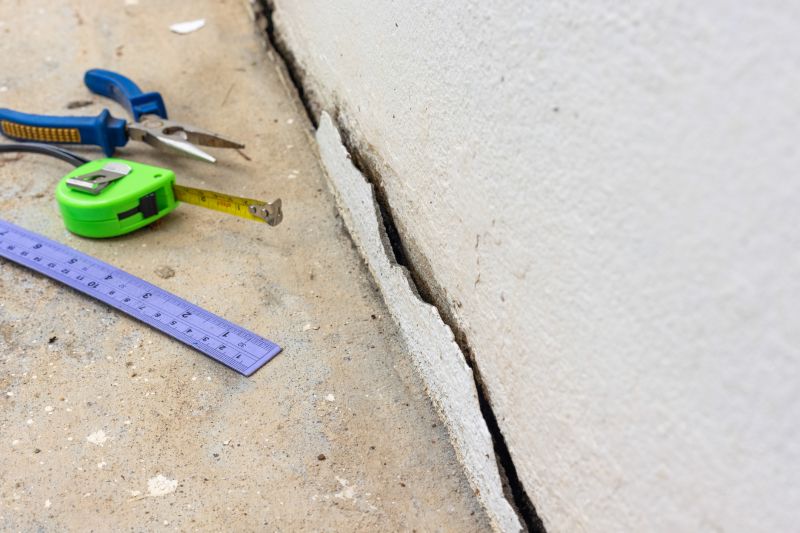
Specialized tools enable minimal disruption and long-lasting results.
| Season | Ideal Conditions for Foundation Repairs |
|---|---|
| Spring | Moderate temperatures, soil moisture ideal for excavation and stabilization. |
| Summer | Longer daylight hours, stable weather, suitable for most repair types. |
| Fall | Cooler temperatures, but watch for increased rainfall that can delay work. |
| Winter | Cold temperatures and frozen ground generally unsuitable for foundation repairs. |
Timing foundation repairs during the most favorable seasons can lead to better results and reduced complications. Proper planning based on seasonal weather patterns ensures that repairs are completed efficiently, with minimal impact from environmental factors. Consulting with foundation specialists can help determine the best time for specific repair needs.
If foundation issues are identified, it is advisable to schedule repairs during the optimal seasons to maximize effectiveness. Early action combined with seasonal timing can help preserve the structural stability of a property and prevent further damage.
Interested in foundation repairs? Fill out the contact form to receive more information and schedule an assessment.

